The US Navy has bolstered its intelligence gathering and surveillance capabilities in the Asia-Pacific region by deploying a second MQ-4C Triton maritime surveillance aircraft to Japan’s Kadena Air Base. This deployment, along with the presence of eight MQ-9 Reapers, marks a significant step in monitoring Chinese naval activities in the area, reports The Eurasian Times.
Second Triton Arrives at Kadena
On June 9, at approximately 3:40 p.m., the second MQ-4C Triton touched down at Kadena Air Base, as confirmed by a Japanese Ministry of Defense official. The US military plans to temporarily station two Tritons at the base from May to October, along with around 50 support personnel.
Strategic Location of Kadena Air Base
Kadena Air Base, the largest US Air Force base in the Asia-Pacific region, holds a strategic position, being just three hours of flight time from Beijing, Seoul, and Taipei. The base is crucial for Japan’s defense and hosts various advanced fighter jets, including F-35 Lightning IIs, F-22 Raptors, US F-16s, and F-15E Strike Eagles.
Controversy Surrounding Drone Deployment
The deployment of the MQ-4C Tritons and the indefinite presence of MQ-9 drones have faced strong opposition from Okinawa Prefecture and local governments. The Kadena Town Council has expressed concerns about potential aircraft accidents due to the increasing number of US military assets stationed at the base.
Triton’s Unique Capabilities
The MQ-4C Triton, developed by Northrop Grumman, boasts distinctive features such as reinforced wing leading edges to withstand bird strikes and electronic systems designed to handle lightning strikes. These maritime drones can descend rapidly to lower altitudes for close-range observation of floating targets and provide precise targeting information to naval assets, extending the fleet’s operational reach.
Intensifying Surveillance in the Region
With the two advanced reconnaissance aircraft now operational at Kadena, the US military aims to intensify its surveillance and intelligence operations in the region, particularly focusing on the Nansei islands, which span from Kyushu to Taiwan. This deployment comes as a response to China’s escalating challenges to neighboring Countries’ maritime claims in the East and South China seas.
China’s Incursions and Japan’s Concerns
China’s coast guard frequently intrudes into waters claimed by Japan around the Senkaku Islands, which Japan perceives as a strategy to undermine its effective control and sovereignty over the uninhabited islands. The number of Chinese ships approaching the islands has significantly increased, with prolonged stays raising concerns for Tokyo.
The Value of Drones in Surveillance
Drones offer a valuable asset for surveillance, dramatically enhancing monitoring capabilities for extended periods without being provocative. Their sole purpose of observing other vessels makes them an ideal tool for deployment in the region.
DroneXL’s Take
The deployment of the second MQ-4C Triton to Kadena Air Base reflects the US military’s commitment to bolstering its surveillance capabilities in the Asia-Pacific region. As China continues to assert its presence in the disputed waters of the East and South China seas, the use of advanced drones like the Triton and the Reaper becomes increasingly crucial for gathering intelligence and maintaining stability in the area.
This development also highlights the growing importance of unmanned aerial vehicles in modern military operations, particularly in monitoring and reconnaissance roles. As tensions in the region persist, the US military’s strategic use of drones is likely to play a significant role in keeping a watchful eye on Chinese naval activities and ensuring the security of its allies in the Asia-Pacific.
Photo courtesy of Wikipedia.
Discover more from DroneXL
Subscribe to get the latest posts to your email.
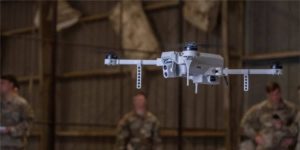
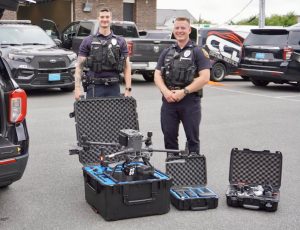




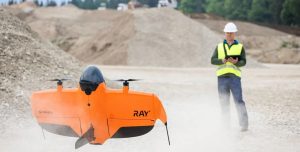
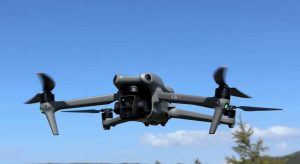
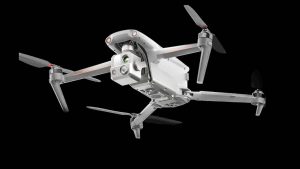
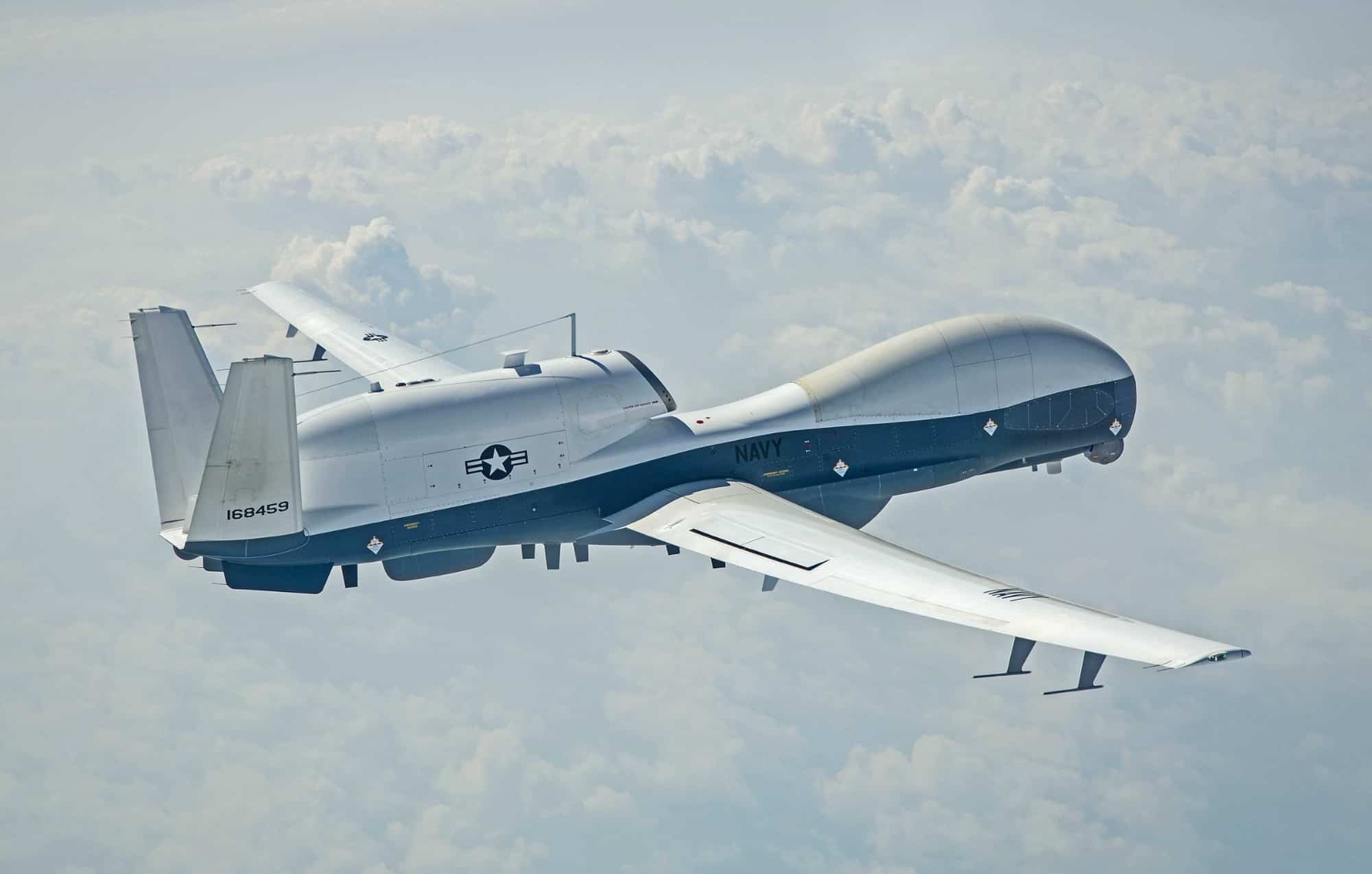
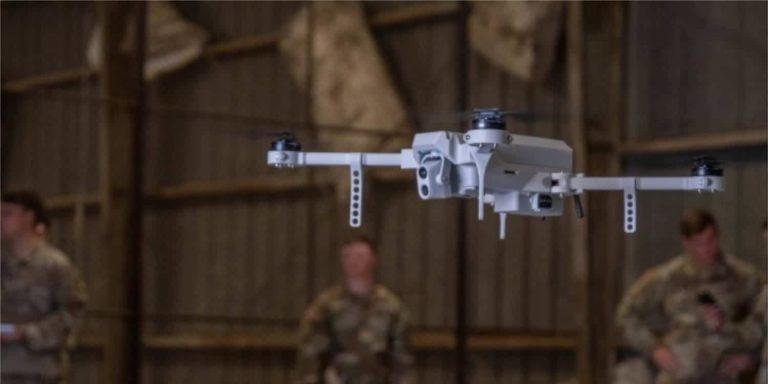
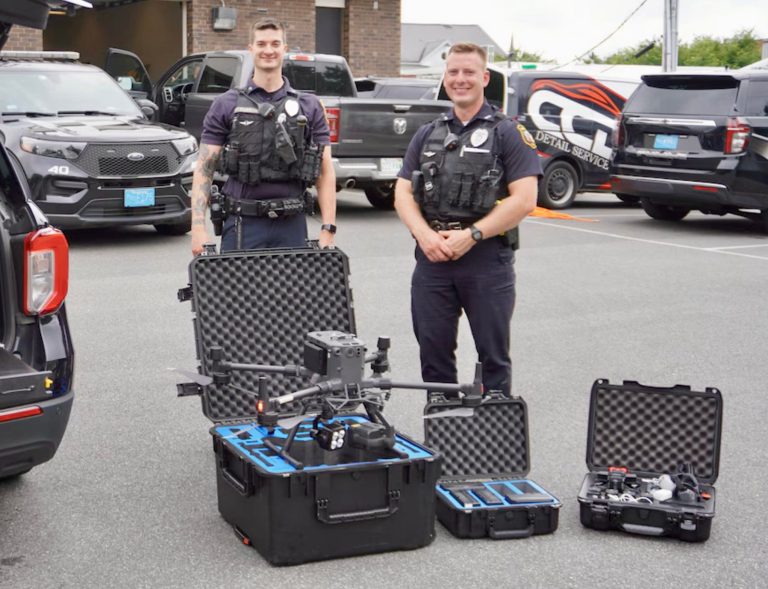

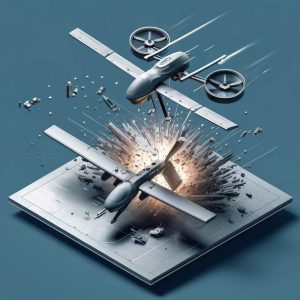




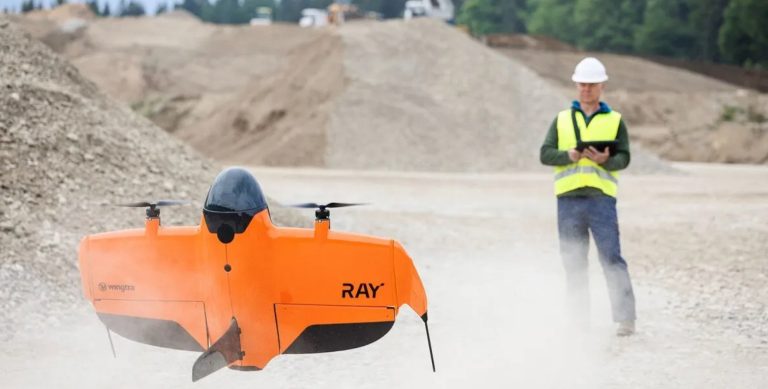
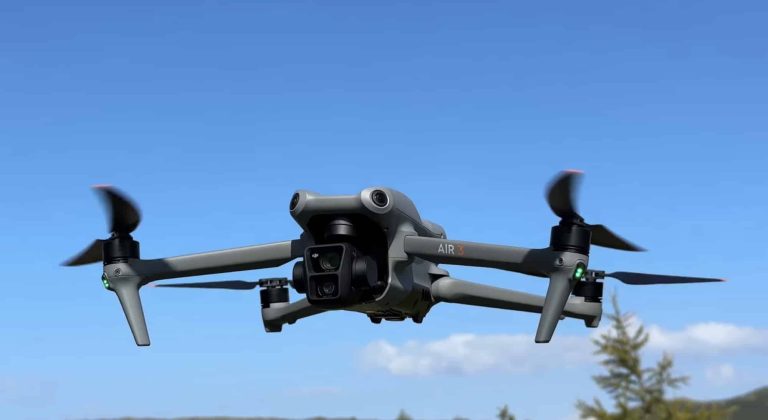
+ There are no comments
Add yours